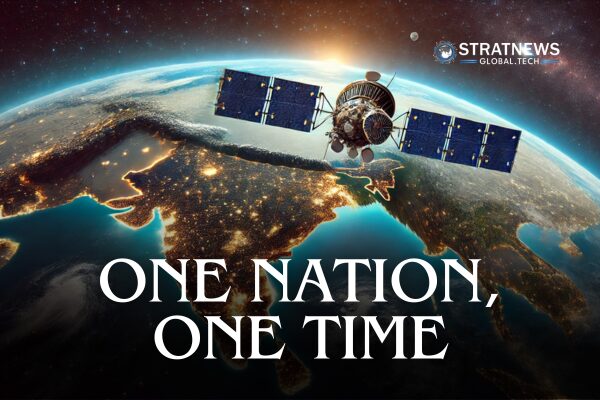India Set to Adopt ‘One Nation, One Time’ with NavIC-Based Atomic Clocks
India follows Indian Standard Time (IST), but its exact time is currently determined by GPS satellites, linked to Coordinated Universal Time (UTC). However, this system is about to change. Soon, the country will shift to ‘One Nation, One Time’ using the Navigation with Indian Constellation (NavIC) system, connecting to the National Physical Laboratory (NPL) to provide a standardised reference time.
How Will the New System Work?
A lab in Faridabad will receive the time from NavIC and distribute it via an optical fibre link to four regional centres—Ahmedabad, Bengaluru, Bhubaneswar, and Guwahati. Each centre will have an atomic clock, ensuring precise timekeeping. This system will replace the current method, where service providers access time from multiple sources linked to GPS. Eventually, all digital devices, including smartphones, laptops, and smartwatches, will display a single standard time across the country, implementing the concept of “One Nation, One Time.”
Is the System Ready for Implementation?
The project was first conceived after the Kargil War when India recognised the need for an independent satellite-based navigation system. The government initiated serious work on the project about seven years ago.
According to Consumer Affairs Secretary Nidhi Khare, most of the work on the Time Dissemination Project is complete. Atomic clocks have already been installed in Faridabad, Ahmedabad, Bengaluru, and Bhubaneswar. Recently, the NavIC link with NPL Faridabad was successfully tested. The next step involves aligning the atomic clocks across the four centres with Faridabad to adjust for data transmission delays through the optical fibre network.
What is an Atomic Clock?
An atomic clock is one of the most precise timekeeping devices available. It operates using the resonance frequencies of atoms, which remain consistent over long periods. These clocks are so accurate that they may lose only one second over 100 million years.
What Are the Benefits of ‘One Nation, One Time’?
Former Consumer Affairs Secretary Rohit Kumar Singh highlighted the advantages of this transition. Establishing India’s own time distribution network will reduce dependence on foreign systems, strengthening national security. The project will also improve the efficiency of critical sectors such as power grids, telecommunications, banking, defence, and transportation. Synchronised timekeeping across these industries will enhance operational efficiency and resilience against cyber threats.
How Will the Transition Take Place?
While technical work is progressing, the government has already drafted rules requiring IST to be the sole reference time for legal, administrative, commercial, and official purposes.
Some exceptions will apply to fields such as astronomy, navigation, and scientific research. However, any deviation from IST will require prior government approval, and violations could result in penalties.
This shift marks a major step in India’s journey toward technological self-reliance, ensuring accuracy, security, and efficiency in timekeeping across the nation.


